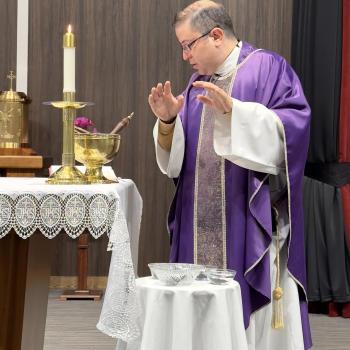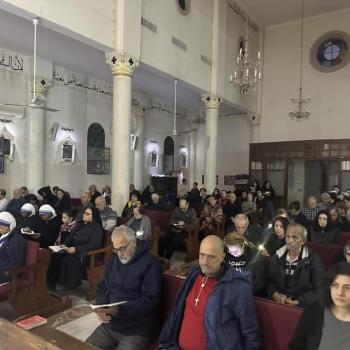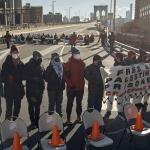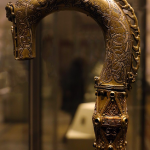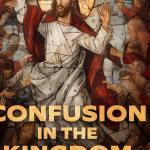WASHINGTON, D.C. – Here is a statement from Washington Archbishop Wilton D. Gregory regarding the planned visit today from the president at the Saint John Paul II National Shrine:
“I find it baffling and reprehensible that any Catholic facility would allow itself to be so egregiously misused and manipulated in a fashion that violates our religious principles, which call us to defend the rights of all people even those with whom we might disagree. Saint Pope John Paul II was an ardent defender of the rights and dignity of human beings. His legacy bears vivid witness to that truth. He certainly would not condone the use of tear gas and other deterrents to silence, scatter or intimidate them for a photo opportunity in front of a place of worship and peace.”
The Saint John Paul II Shrine is owned and operated by the Knights of Columbus, therefore outside the jurisdiction of the Archbishop of Washington.
It was eerie yesterday to hear the president speak at the White House while in the background, one could hear the peaceful crowd being scattered by force so the president could later walk to Saint John Episcopal Church, Bible in hand, without the knowledge of the local Episcopal bishop.
Violent riots should be stopped by police. Peaceful protesters should be allowed to protest.
Many post on social media pictures of Martin Luther King Jr. protesting peacefully, but ignore the fact that these peaceful protests were met by brutal violence from law enforcement and others. Just remember the Edmund Pettus Bridge in Selma, Alabama, and so many other moments during the Civil Rights Movement when peaceful protests ended deadly not due to the protesters, but due to the other party.
The Equal Justice Initiative in Montgomery, Alabama, strongly argues that the racially biased narratives that allowed slavery to flourish for centuries have continued and evolved, manifesting themselves in different ways after the legal abolishing of slavery. Racial segregation and the use of lynching as a means to terrorize and oppress African Americans were the legacy of slavery in the 20th century. After the accomplishments of the Civil Rights Movement in the 1960s, the disproportionate marginalization and mistreatment of people of color is the legacy of slavery today. Changes in legislation do not have the ability to change hearts.
A very deep wound still exists in our society. We still have a long way to go.








